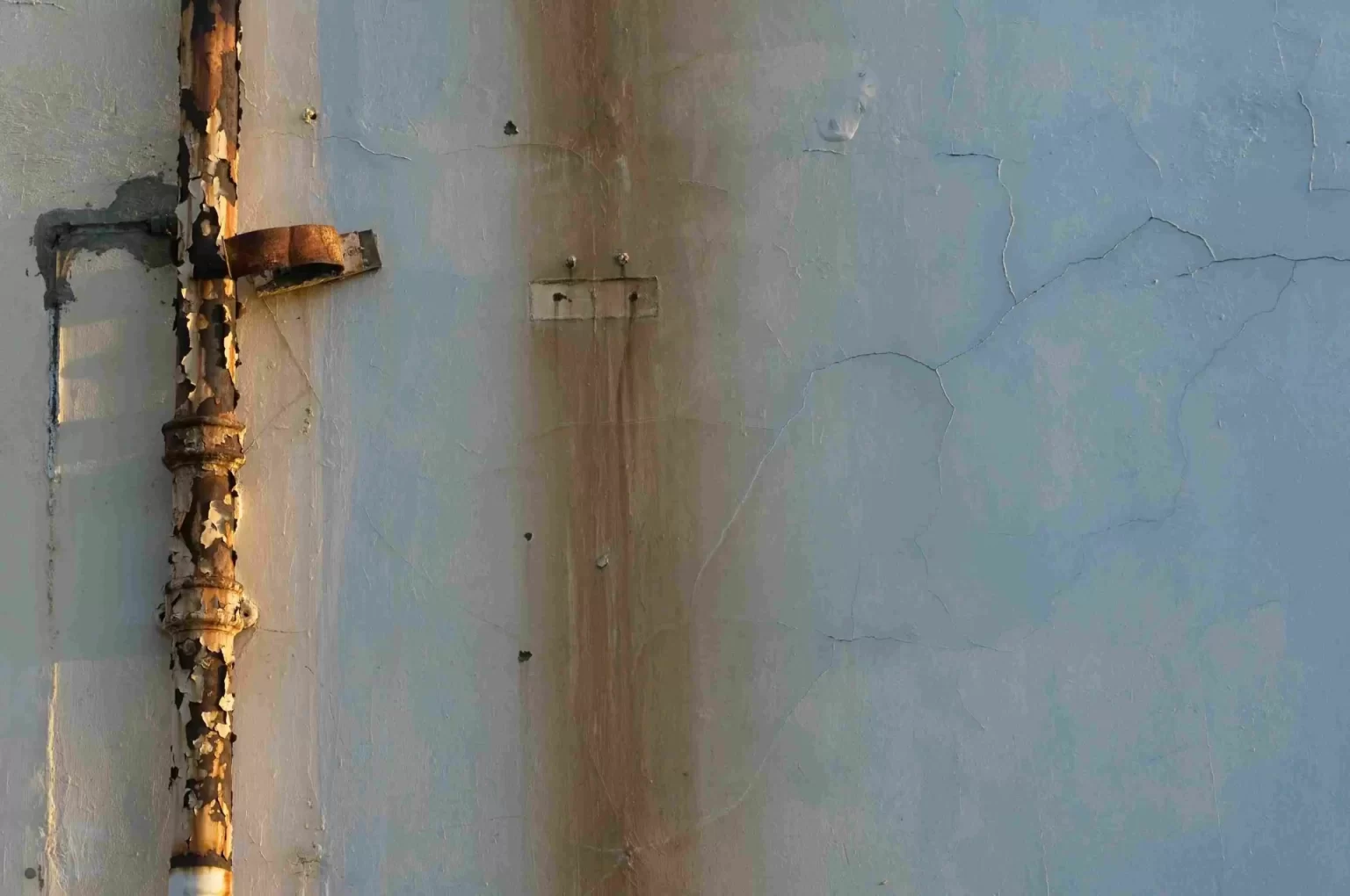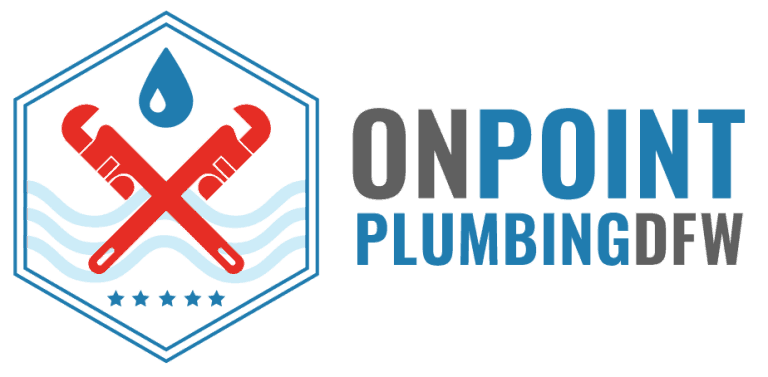
If your sinks, faucets, and showerheads have a hard, chalky residue, you’re dealing with calcium buildup from hard water. Not only is it tough to clean, but it can clog pipes, ruin appliances, and lower water pressure. Scale deposits in residential and industrial water systems can increase energy consumption by 15–30% due to reduced heat transfer efficiency.
Want to know how to get rid of calcium buildup for good? There are simple, effective ways to remove it and prevent it from coming back. But which methods actually work? Keep reading to learn what causes calcium buildup and how you can get expert-backed solutions straight from On Point Plumbing DFW.
What Causes Calcium Buildup in Pipes & Drains?
Ever noticed that white, chalky gunk forming around your faucets or showerhead? That’s hard water mineral buildup in pipes, and it’s not just a cosmetic issue. It happens when water carries high levels of calcium and magnesium and leaves behind stubborn deposits as it flows through your plumbing.
At first, it’s just a thin layer. But it can thicken and coat the inside of your pipes narrowing the passage for water. You might not see what’s happening inside, but you’ll feel it from weak water pressure, slow-draining sinks, and appliances that take longer to function.
How to Get Rid of Calcium Buildup
Scrubbing away surface buildup on your fixtures is one thing, but how to get rid of calcium buildup inside your pipes? That’s where things get tricky. Some homeowners prefer DIY methods using natural solutions, while others go for store-bought cleaners. If the buildup is severe, professional treatments may be the only way to fully restore your plumbing.
Home Remedies for Calcium Buildup
If the buildup is still manageable, natural solutions can help dissolve and flush out deposits. These methods are affordable and safer than harsh chemicals.
|
Method |
How It Works |
Best Used For |
How to Do It |
|
Vinegar and Baking Soda Treatment |
The acidity of vinegar softens calcium deposits, while baking soda helps dislodge them. |
Drains, faucets, and showerheads |
Pour 1/2 cup of baking soda into the drain followed by 1 cup of white vinegar. Let it fizz for 10–15 minutes, then flush with hot water. Soak faucets and showerheads in a vinegar-filled bag overnight. |
|
Lemon Juice Rinse |
Citric acid eats away at mineral buildup without damaging surfaces. |
Fixtures and small pipes |
Apply fresh lemon juice directly onto buildup or mix equal parts lemon juice and water in a spray bottle. Let it sit for 10–15 minutes before scrubbing or rinsing. |
|
Boiling Water Flush |
Helps loosen minor build up in pipes by breaking up deposits. |
Sinks and bathroom drains |
Boil a pot of water and slowly pour it down the drain in stages. Wait a few seconds between each pour. Repeat as needed for minor clogs or buildup. |
Using Chemical Cleaners for Calcium Removal
For tougher buildup, chemical solutions work faster than home remedies. These should be used sparingly to avoid pipe damage.
- Calcium, Lime, and Rust (CLR) Removers – Products like CLR are specifically formulated to dissolve tough mineral deposits. They can be applied to affected areas such as drains, faucets, and appliances to break down and eliminate buildup.
- Acid-Based Drain Cleaners – Dissolve hardened mineral build up in pipes but can be harsh on plumbing if overused.
- Descaling Agents – Descaling agents are chemical substances used to remove limescale from metal surfaces in contact with hot water, such as in boilers, water heaters, and kettles.
Signs of Hard Water or High Calcium Content in Your Water
- White scale on faucets, showerheads, and sinks
- Soap that doesn’t lather properly
- Clothes feeling stiff after washing
- Cloudy spots on dishes and glassware
If you’re noticing these signs, your water is leaving behind deposits that could harm your plumbing system.
When to Seek Professional Services for Calcium Buildup
Some calcium buildup problems go beyond simple DIY fixes. If your water pressure drops noticeably, pipes clog frequently, or appliances take longer to work, it could mean deep mineral deposits are restricting water flow. Even if you clean fixtures, visible scale that keeps returning suggests the buildup is inside your pipes.
Can Calcium Buildup in Pipes Affect Water Pressure?
Absolutely. The more calcium layers up, the less space water has to flow through. It’s like trying to drink through a straw that’s half clogged. It can even cause complete blockages that require expensive pipe replacements.
Get Rid of Calcium Buildup for Good with On Point Plumbing DFW
If calcium buildup is slowing down your plumbing, call On Point Plumbing DFW. We offer powerful descaling treatments and lasting solutions to prevent future buildup. Call (469) 275-6994 today and get rid of mineral deposits for good!
